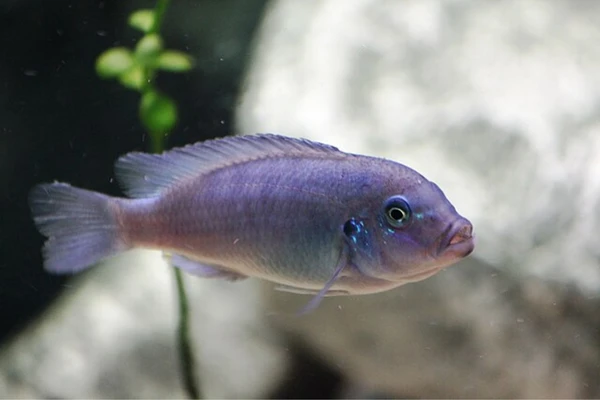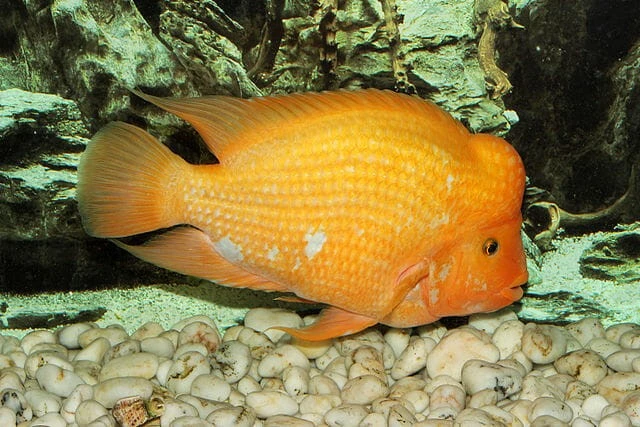IIT Bombay scientists conducted a study on the conditions and mechanisms leading to Sympatric Speciation.
About Speciation:
- Speciation is the process by which new species arise, traditionally believed to occur due to geographic isolation (Allopatric Speciation).
Key highlights:
- There is possibility of speciation without geographic isolation (Sympatric Speciation).
- Ecological Disruptive Selection:
- Non-uniform resources in the environment create a “divide” in the population.
- Example: Birds adapt beak sizes to utilize different food resources (nuts vs. flower nectar).
- Female mating preference based on a relevant trait (e.g., beak size) drives speciation.
- Special traits like feather color do not significantly contribute to sympatric speciation.
- Genetic architecture significantly influences the likelihood of sympatric speciation.
- Even with weak disruptive selection, changes in genetic architecture can lead to new species development.
| UPSC IAS Preparation Resources | |
| Current Affairs Analysis | Topperspedia |
| GS Shots | Simply Explained |
| Daily Flash Cards | Daily Quiz |




